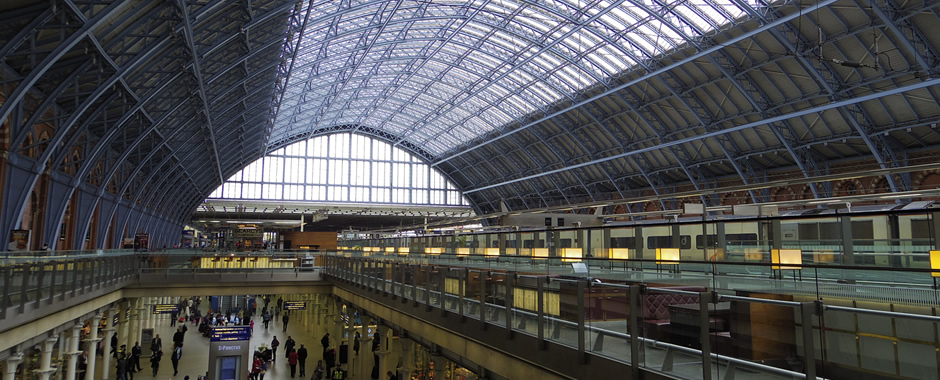
Experience the fun of discovering new depths in your photographs.

Get both the sunny parts and the shadows with HDR
The camera consecutively shoots 3 images (underexposed, standard exposure, and overexposed) and combines them into a single composite image. Keeping the gradations in both light and dark areas, you get an image with a “naked-eye” feel.
Capture modes for serious shooting tailored to your goal
You can select shooting modes worthy of a digital interchangeable-lens camera: Aperture Priority (Av), Shutter Priority (Tv), and Manual (M) as well as AUTO.
D-Range Setting guards against overexposure and underexposure
Expanding the dynamic range, you can specify Highlight Correction to prevent overexposure and Shadow Correction to prevent underexposure. This lets you shoot images with natural gradations even in high-contrast scenes.
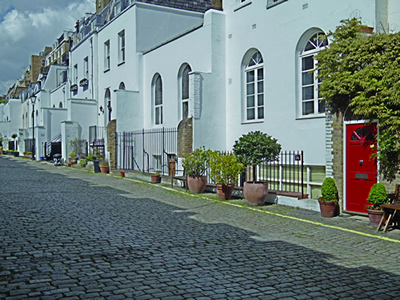
With Highlight Correction
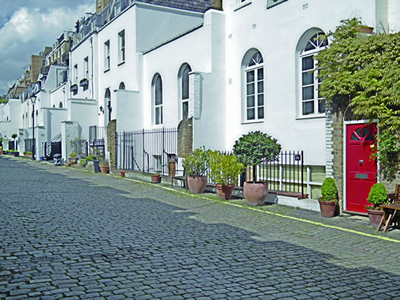
Without Highlight Correction
White balance checks the existing light and adjusts to the optimum color tone
There are 8 Preset options: including Auto White Balance (AWB), which automatically adjusts white balance to match a variety of light sources, as well as CTE, which strengthens the color tone of the light source, and manual, which measures the white balance at a selected location.
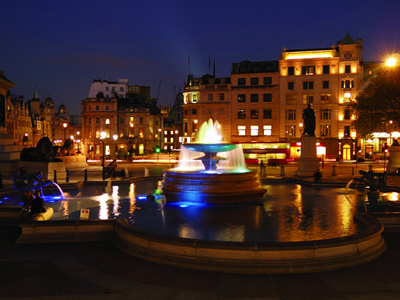
AWB
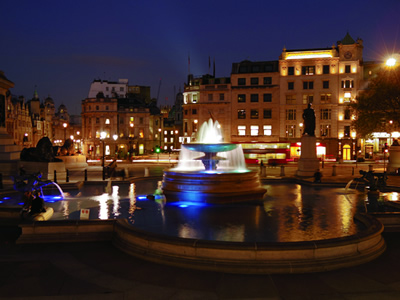
CTE
Choose a metering method to match your shooting intentions
You can select Multi-segment, which segments the sensor into 1024 areas and measures the brightness in each, as well as Center-weighted, which measures the light primarily in the center of the sensor, and Spot, which measures the light only in a small area in the center of the sensor.
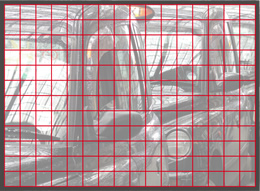
Multi-segment metering
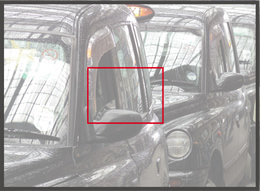
Center-weighted metering
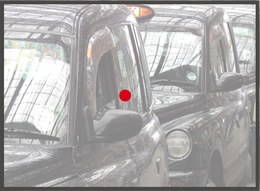
Spot metering
The High-Performance lenses have an internal ND filter
The High-Performance lenses (01, 02, and 06) have an internal ND filter that can reduce light intensity. It is convenient when you want to deliberately shoot with a large aperture and slow shutter speed without affecting the colors.
Greater exposure control accuracy
More natural imaging is now possible with finely tuned exposure control matched to the scene, including enhanced light control when flash is used and optimized metering of subjects in a cloudy-sky background.
Electronic level added
The electronic level detects both right-left (horizontal) and up-down (vertical) tilting. You can make accurate framing adjustments even during landscape and nightscape shooting situations where it is difficult to see reference lines.
Interval Shooting/Movie are perfect for fixed-point observation over time
Shooting up to 999 images at a regular interval over a period of up to 24 hours, you can capture the movement of animals, the blossoming of flowers, the flow of people, the movement of stars, etc. The still pictures taken at a regular interval can also be replayed as a movie.



